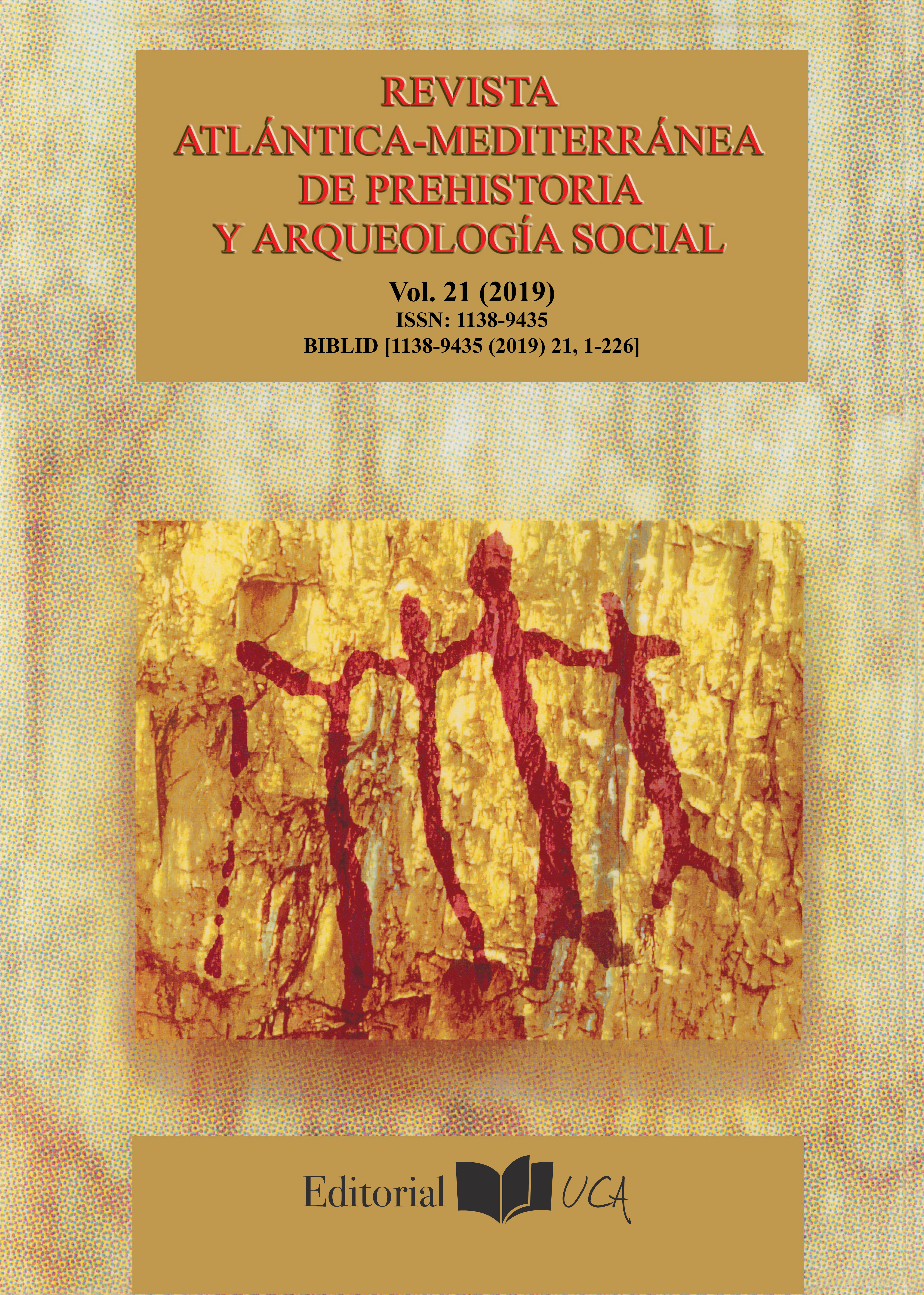Archaeological configuration of Pearl Rancherias in the colombian Guajira during the 16th century: state of the issue and archaeological perspectives

DOI
https://doi.org/10.25267/rev_atl-mediterr_prehist_arqueol_soc.2019.v21.07Info
Artículos
127-143
Published:
05-10-2020
Abstract
During the 16th century, pearl fishing in the Guajira peninsula, Colombia, was the main source of income for Spanish colonisers established in the region. Towards the first half of this century, many temporary settlements, called Pearl Rancherias, had been set up, which over time gave way to permanent settlements. Information available about these settlements is diverse, however, there is a lack of specific archaeological information about them. Thus, it is necessary to understand the functioning of this type of archaeological sites, to also contribute to the construction of the geohistorical memory of the South American Caribbean region.
Keywords
Downloads
Download data is not yet available.
How to Cite
Puerta, L. P. M. (2020). Archaeological configuration of Pearl Rancherias in the colombian Guajira during the 16th century: state of the issue and archaeological perspectives. Revista Atlántica-Mediterránea De Prehistoria Y Arqueología Social, 21(21), 127–143. https://doi.org/10.25267/rev_atl-mediterr_prehist_arqueol_soc.2019.v21.07






